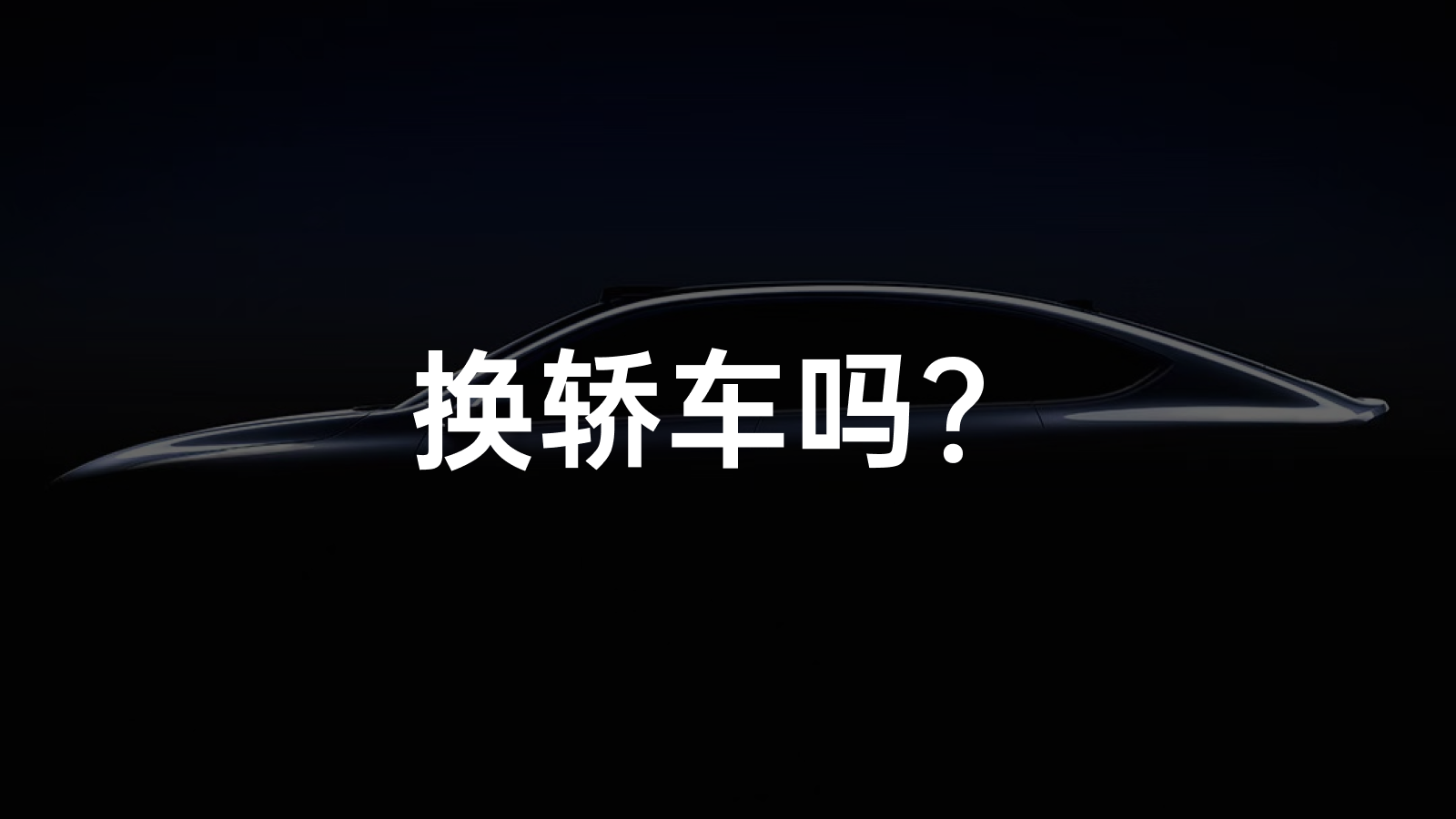In late December last year, I confirmed that NIO would release its NT 2.0 autonomous driving platform with a LiDAR solution on NIO Day on January 9th. As someone who had just received his car half a year ago, I celebrated with a plate of scrambled eggs with chives to digest the mental impact of the rapidly evolving technology.
What’s more unexpected is that on New Year’s Day, Tesla announced the pricing of the domestic version of Model Y, with a starting price of RMB 339,900 for the long-range version that can travel up to 594 km on the NEDC cycle. To be honest, this surprise move was not only impressive but also heartbreaking.
With this sentiment in mind, I attended NIO’s used car business launch event at the Shanghai Center Tower on January 3rd. The content of the event not only dissolved my melancholic mood but also convinced me that there will be a NIO electric car in my garage in the future.
Making transactions simpler
Having dealt with seven used cars over the past ten years, I sniffed out something different from the traditional model at the event due to my years of experience with used car transactions.
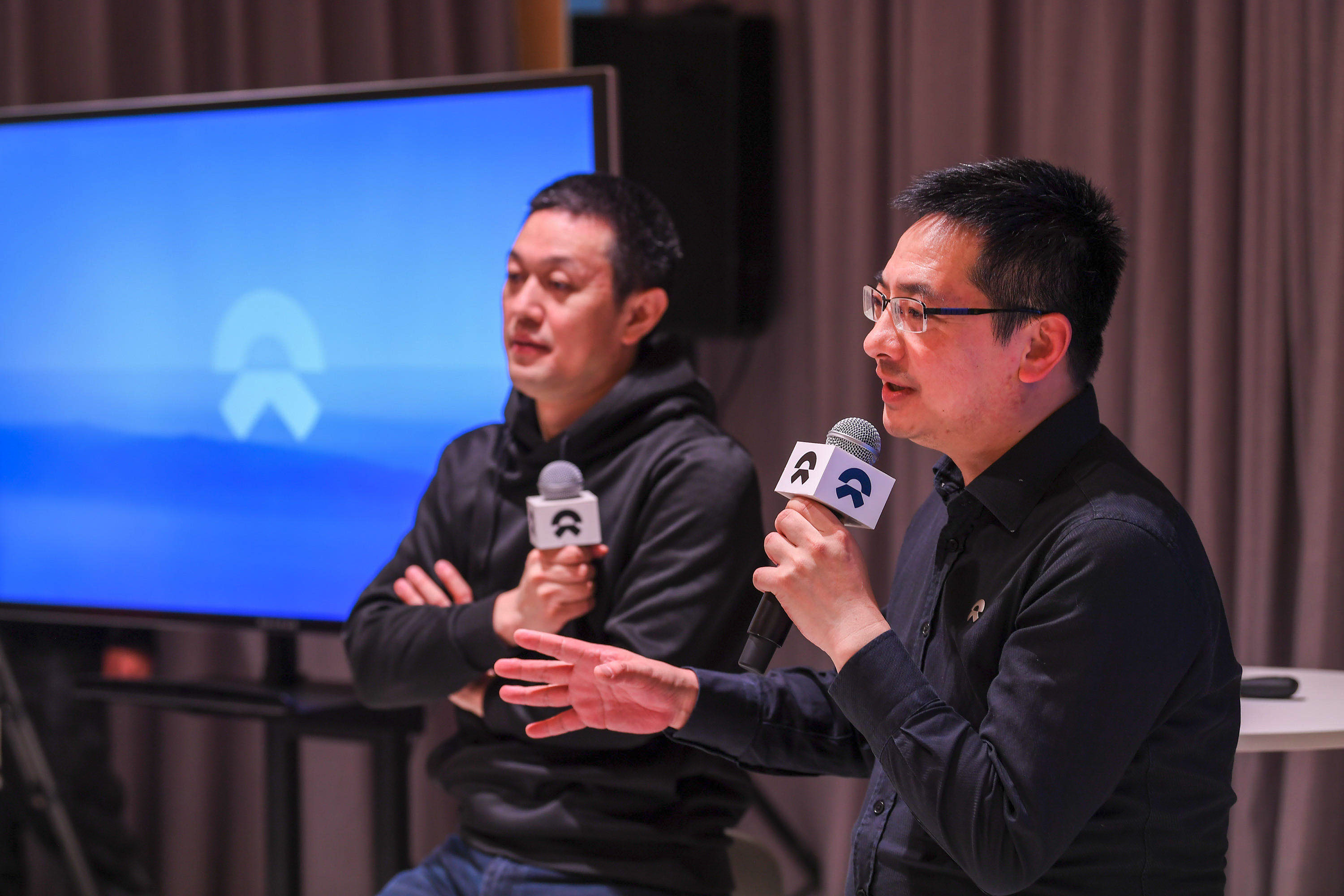
In terms of used car transactions, I believe the biggest difference compared to new car transactions lies in the opaqueness of information, which includes the source, condition, and price of the car. What NIO is doing is breaking down the information asymmetry of these three aspects:
-
Directly acquiring cars from users not only ensures the stability and reliability of the source of cars within the official used car circulation system, but also provides users with a more convenient choice.
-
Provide inspection reports, guarantee the health of the battery through the battery swapping system, provide a one-year warranty for up to 30,000 km, and most importantly, provide used car buyers with the option to purchase a “worry-free service” plan, which is the stronger safeguard against the condition of the car in the industry.
-
Offer an official repurchase service with highly competitive pricing. This is worth mentioning because the market price of used cars is determined by supply and demand in the market. With changes in the current market’s ownership and demand, there will be differences in the residual value of different models, and in extreme cases, some car model may even appreciate in value.
By participating directly in the market pricing of brand used cars, NIO aims to stabilize the residual value of its brand used cars through competitive pricing, which is behind the company’s effort to increase the residual value of used cars and boost new car sales.The ability of NIO’s certified pre-owned cars to retain their value depends on three factors:
-
The amount of capital investment that NIO puts into the pre-owned car business.
-
The profit margins that NIO intends to make from the pre-owned car business.
-
The fluidity of NIO’s official pre-owned car sales system.
As an aside, according to data from the China Automobile Dealers Association, in 2019, the proportion of pre-owned cars aged three to six years old in the trading market was 41.2%, and the full-year trading volume of SUV models was 1.48 million, an increase of 30.4% year-over-year.
Considering that the NIO ES8 Founder’s Edition began deliveries in June 2018 and is now two and a half years old, it is not unreasonable to launch a branded pre-owned car system at this time.
Back to the point, let’s first address the issue of capital flow. NIO plans to invest RMB 3 billion over the next five years to promote the development of its official pre-owned car system, NIO Certified. For the pre-owned car business, the most important use of funds is in “acquiring used car inventory.”
Assuming NIO invests RMB 2.5 billion in used car repurchase business and considering that NIO’s official pre-owned car platform has an average price of RMB 300,000 for pre-owned cars, this means that NIO can buy more than 800 used cars in one fell swoop. Friends who are familiar with the used car industry know that this is definitely a “major player.”
Regarding profit margins, in the past, the main source of profit in traditional pre-owned car models came from the price difference between buying and selling, financial transaction fees, and interest rate spreads. According to Li Bin, NIO’s pre-owned car model is not for profit, but to protect the interests of both new and old customers.
NIO’s official pre-owned car sales model not only eliminates financial transaction fees, but also maintains the same financing rates as new cars, cutting off two important profit avenues, which shows that NIO does not have the intention of maximizing profit from pre-owned car transactions.
Finally, how do the vehicles in NIO’s pre-owned car system circulate? NIO has made many efforts in this area, breaking down information asymmetry in the transaction process to give consumers greater confidence in their purchases. Additionally, the ability to choose whether to use BaaS services and offering some vehicle rights and benefits also helps to boost potential consumer interest in official pre-owned cars.
A Larger Business Landscape
With such innovations and user-centered strategies, how could NIO not involve its existing users? In this system, existing users not only act as sources of used car inventory, but also as consumers of new cars. Friends in the pre-owned car business should know what a premium class of user this is. It may seem like NIO is “cutting users twice,” but don’t forget, it is NIO after all.
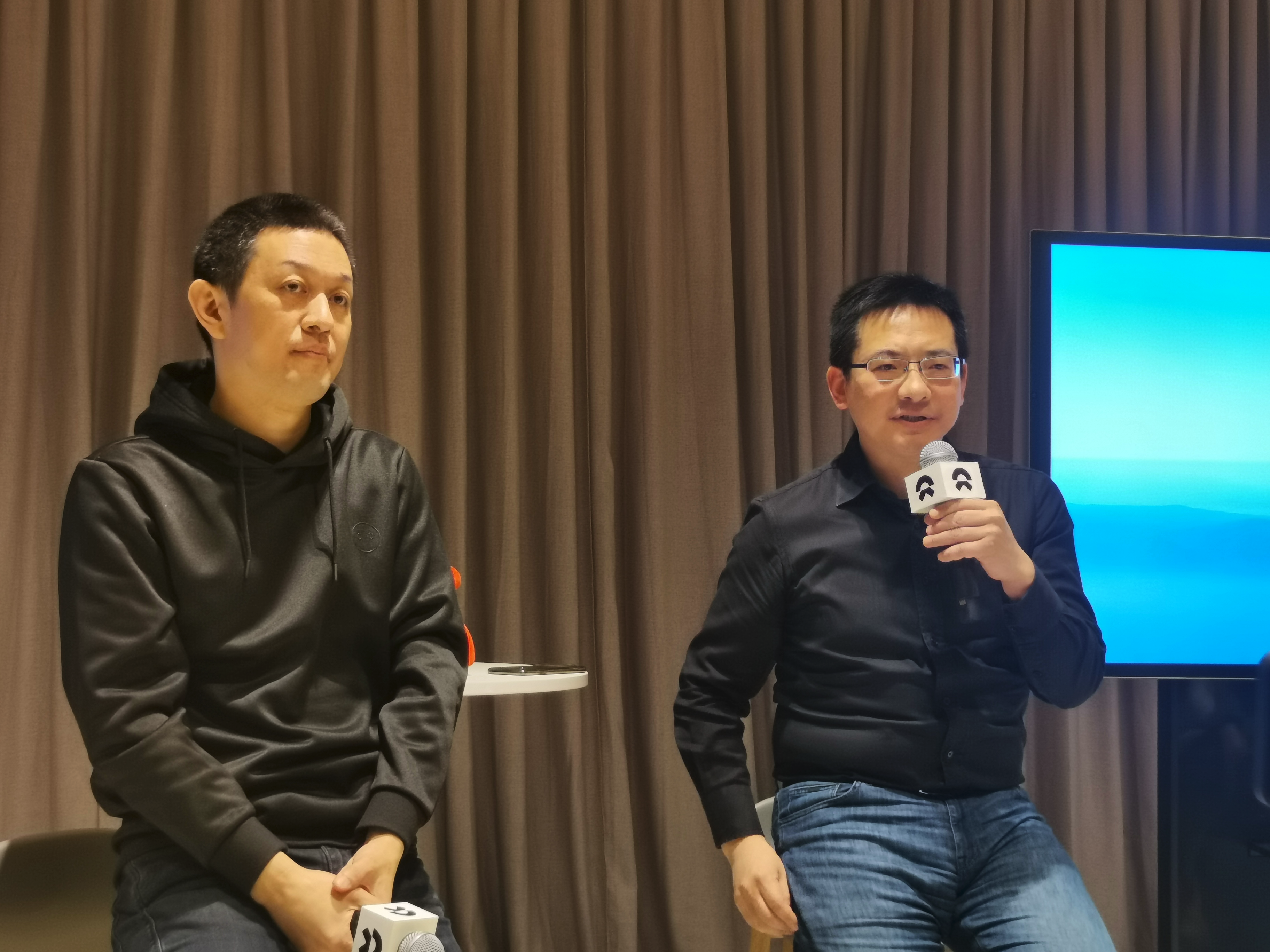 So for repeat customers, there are three important benefits that can be transferred from old cars to new ones in NIO:
So for repeat customers, there are three important benefits that can be transferred from old cars to new ones in NIO:
-
The old customer’s 60% battery upgrade benefit.
-
The 60% purchase rights of the original vehicle equipped with the NP selected package and the 30% purchase rights of the NP full package.
-
The free battery swap benefit.
Due to the time limit of the NP assisted driving software discount under the second point, the deadline is December 31, 2021. It is only useful for exchanging with NIO’s newly released cars on NIO Day. There are no policies beyond that for now.
The key point is still the third benefit, the free battery swap benefit, as it is the soul of the user’s wool party. NIO’s current policy is that if the car is purchased without the charging pile, there are still six free battery swaps, which may not meet the needs of some users. However, in the long run, with the increase in battery life, the gap between unlimited lifetime swaps and six swaps per month will become smaller and smaller.
As the press conference was about to end, I suddenly realized that this was supposed to be a prelude to NIO’s harvesting of its users, but why was I and the old car owners at the scene so sincerely happy?
In NIO’s official used car business system, we see that NIO has solved the most difficult source problem of used cars by giving old customers more repeat purchase benefits, and then solved the problem of “buying and selling” in the used car link through a combination of “one ring and one ring”.
We believe that NIO’s goal in doing this is not only to master the market pricing power of branded used cars, improve the brand’s used car residual value, and promote new car sales, but to achieve a larger goal in the short term by integrating the official used car system and BaaS battery rental program into the automobile consumption market of twenty or even tens of thousands of yuan.
Taking NIO’s ES6 currently on sale in the official used car market as an example, if the BaaS battery rental program is applied to the price of 333,000 yuan, it is equivalent to taking away a NIO ES6 with a car age of only one year and equipped with NIO Pliot full package for 263,000 yuan. If the charging pile is not required, you can also enjoy free battery swaps three times a month.
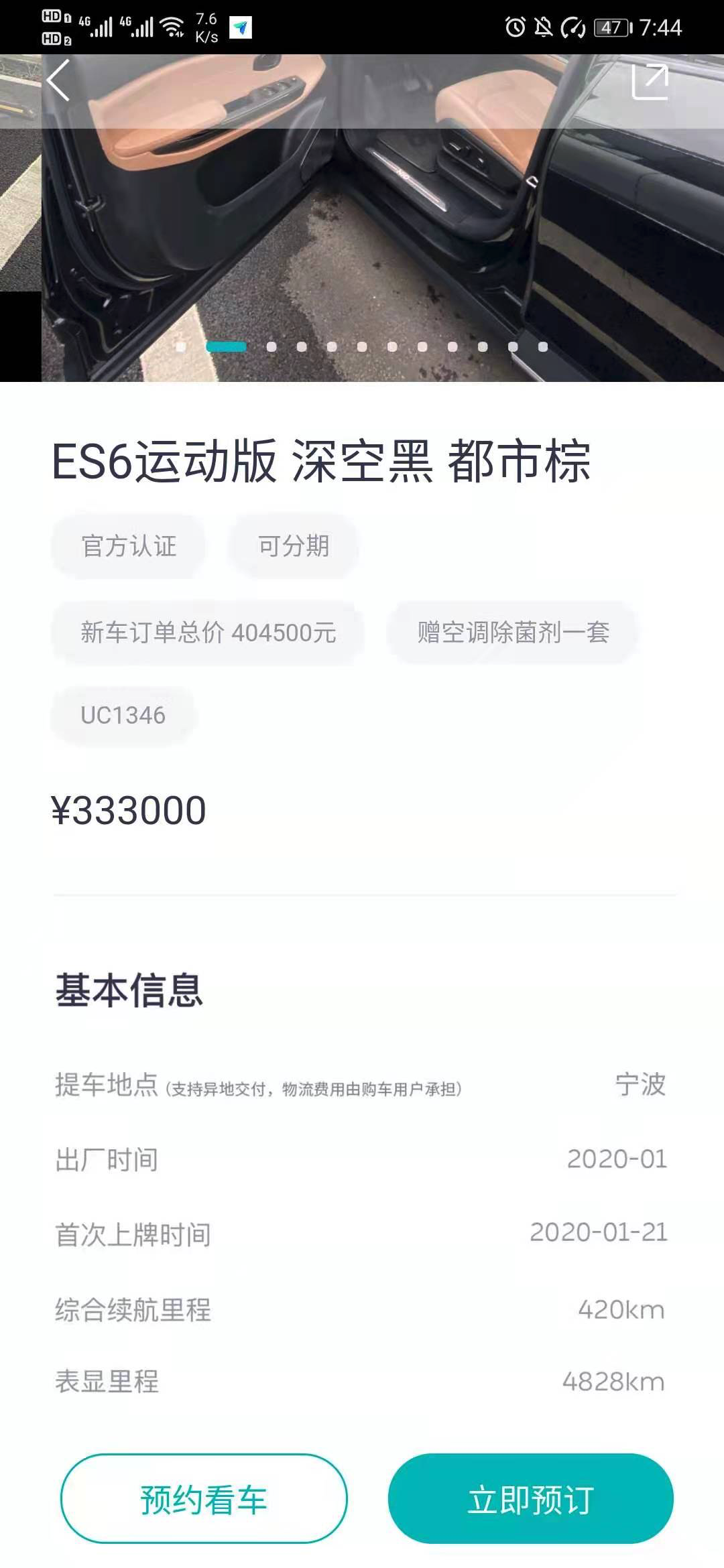
So, as the age of cars in the used car system increases, they may one day sink into the consumer market of tens of thousands of yuan. In other words, NIO’s new cars do not have to reduce their prices, but used cars can.
According to this logic, NIO can completely avoid taking any profit in the used car trading link, and instead earn money from old customers exchanging new cars and used car owners using BaaS.
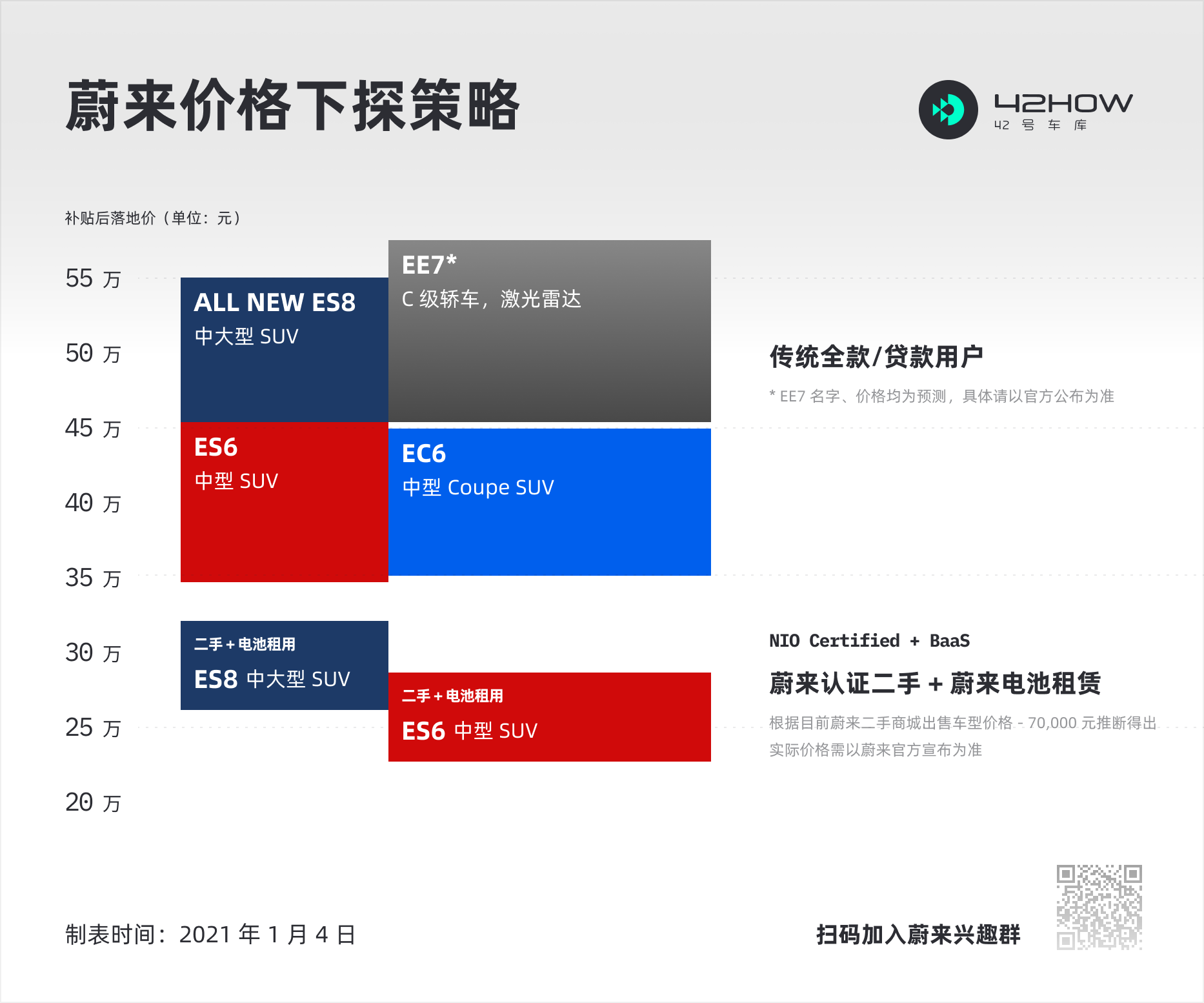 ## NIO, Another “Pill”?
## NIO, Another “Pill”?
After the event, let’s talk about the recent discussions of NIO’s bankruptcy on the internet after the release of Tesla Model Y. From the cheers and laughter of old customers at the conference, I am more willing to believe “existence is reasonable”.
If we refer to our previous article “2020, the year of breaking the circle of intelligent electric cars”, we can see that the danger of passenger cars from January to November 2020 was 16,253,571 cars, and the market share of electric vehicles was still too small: 4.3% compared to the 94.67% market share of gasoline vehicles.
If we convert this ratio into numbers, the number of insured gasoline vehicles is 15,365,976 and the number of insured pure electric vehicles is 715,771, with a gap of more than 20 times.
To be honest, the action of breaking the circle of electric vehicles in 2021 is still ongoing, and more users who originally belonged to the gasoline vehicle market will switch to electric vehicles. However, the demand of the consumer market has always been diversified. Having one more choice is not a bad thing for consumers.
As a pioneer of electric vehicles, whether it is Model 3 or Model Y, Tesla has launched a fierce attack on the gasoline vehicle market with its strong product power. I believe that many NIO car owners, like me, were originally introduced to electric vehicles through Tesla, but ultimately chose NIO based on multiple considerations.
This does not mean that one is better than the other; it is just a differentiated choice among the masses.
Conclusion
As an independent brand automaker, NIO has raised its average invoice price to 440,000 yuan and can deliver more than 7,000 cars in December. This is a small miracle in the development history of Chinese automobiles. For me, I hope that such miracles can continue, not just for the pleasure of profiting.
Do you remember what NIO’s co-founder and president Qin Lihong said at a media meeting in Hainan: “I think we should bear the responsibility of protecting users’ personal assets. We believe that stable prices, reliable quality, and continuous leadership, as well as good service, are the best respect for users at this end.”
I think this is exactly the underlying logic of NIO’s release of its used car business. Based on the premise of being responsible for the users, it is not a politically incorrect choice.
This article is a translation by ChatGPT of a Chinese report from 42HOW. If you have any questions about it, please email bd@42how.com.
